Understanding Data Availability Layers (Celestia, EigenDA)
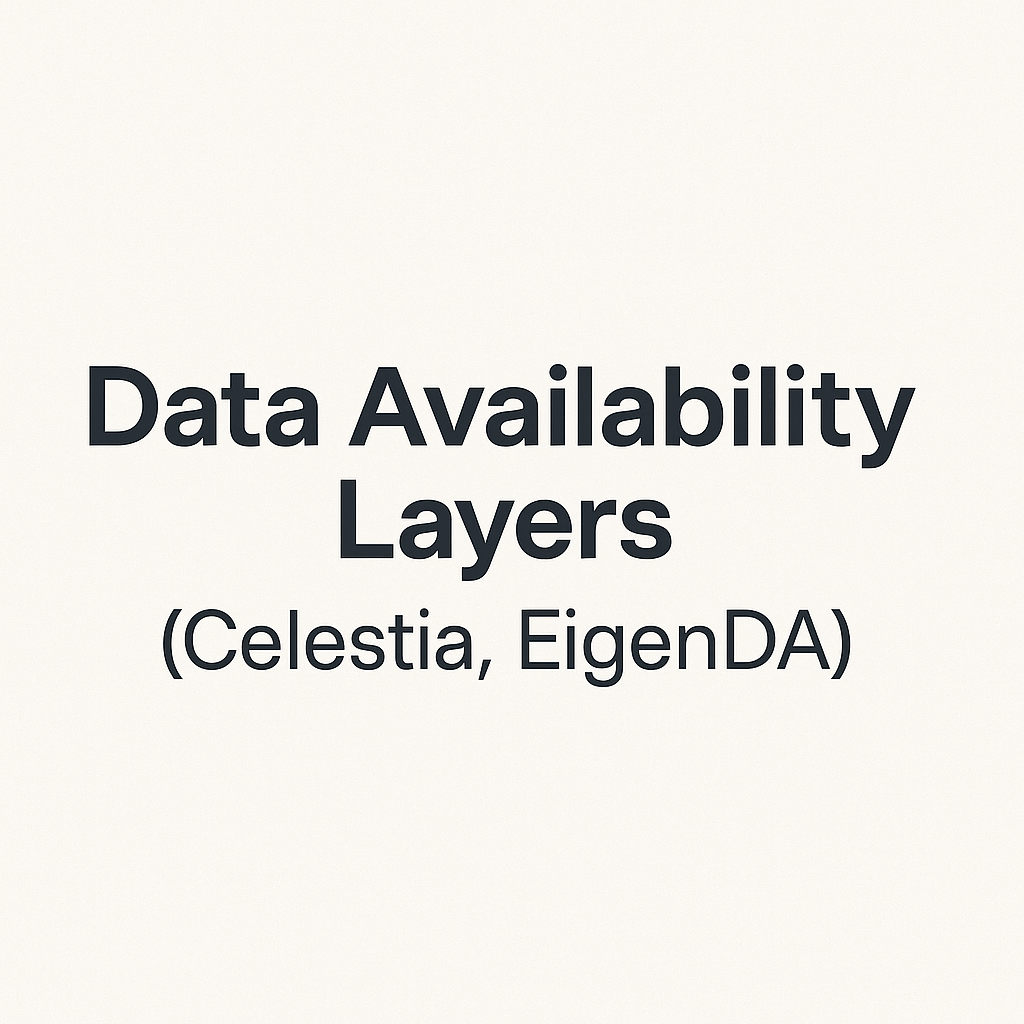
Blockchains are getting smarter and faster—but there's one big issue they must solve: Data Availability. Let's break it down. 👇
What is Data Availability (DA)?
When a blockchain creates a block, it must share the data in that block with everyone.
If the data isn't shared, no one can verify it.
That’s where Data Availability comes in.
It's about making sure everyone can access the data.
Why is DA so important?
When a new block is added to a blockchain, it includes a list of transactions. But it’s not enough to just say "these transactions happened". Everyone needs to see the actual data.
Here’s why:
- Verification: Users and validators must verify the block to trust it. If they can’t access the data, they can’t check if it’s correct or honest.
- Security risk: If a block producer hides data, they could cheat—like include fake transactions or hide invalid ones.
- Censorship: Without data access, users might not be able to see or interact with the blockchain freely.
- Decentralization: For a blockchain to stay decentralized, everyone must have equal access to the data—not just a few powerful nodes.
In short: If you can’t see the data, you can’t trust the chain. DA is like turning the lights on so everyone can check the work.
What are DA Layers?
Traditionally, blockchains handled everything:
- Running apps (smart contracts)
- Verifying transactions
- Storing all data
But this is hard to scale. So now, we separate those tasks into layers.
A Data Availability Layer is a special blockchain that only does one job:
Make sure data is published and available to everyone.
It doesn’t run smart contracts or process logic. It just ensures that:
- All data is posted correctly
- Users can download it if needed
- Anyone can verify that the data exists and is complete
Think of it like a public bulletin board where all rollups and blockchains can post their data. Everyone can read it. No one can secretly change or hide it.
DA Layers = clean, fast, scalable blockchain design..
Celestia: The First Modular DA Layer
Celestia is a blockchain that only handles data availability.
It uses something called data availability sampling so users don’t need to download all the data—just small random parts to check it's real.
✅ Modular
✅ Scalable
✅ Decentralized
EigenDA: Optimized for Ethereum L2s
EigenDA is built by EigenLayer and works with Ethereum rollups.
It's designed to be fast and customizable for different apps.
It uses restaked ETH to secure its data.
✅ Ethereum-native
✅ Flexible for rollups
✅ Powered by EigenLayer
Celestia vs. EigenDA
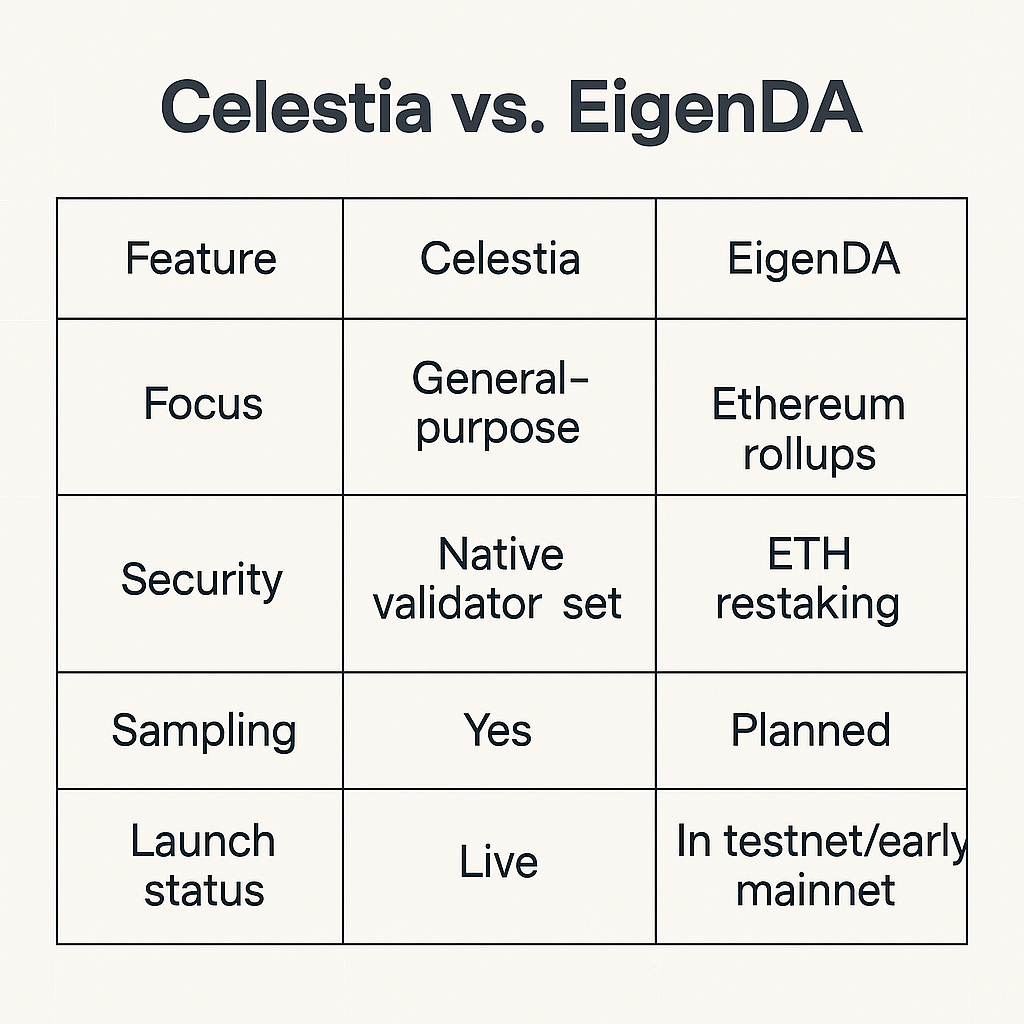
Why DA Layers Matter for Rollups
Rollups are scaling solutions that bundle transactions and post them to another chain.
But they need a DA layer to store their data.
Good DA = faster, cheaper rollups.
Conclusion
Data Availability Layers like Celestia and EigenDA are changing how blockchains scale.
They separate the data storage from computation, helping rollups stay fast, cheap, and secure.
As modular chains grow, DA layers will be key to a more open and scalable blockchain future
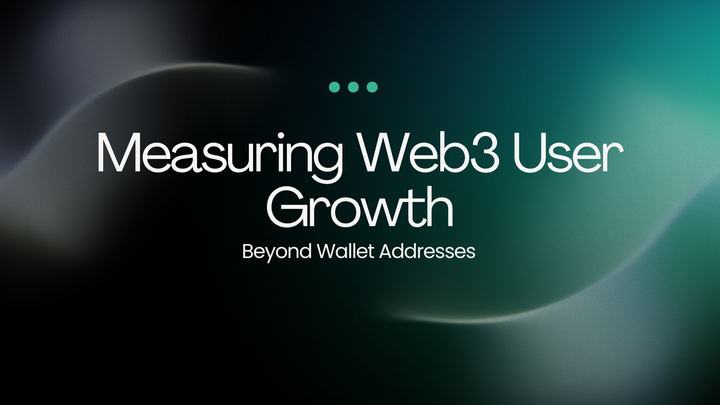
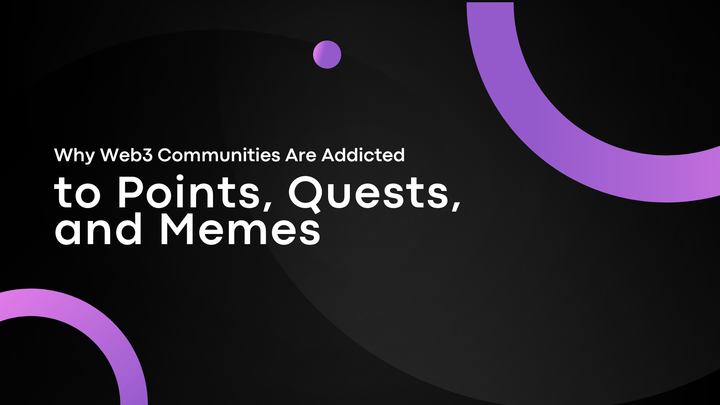
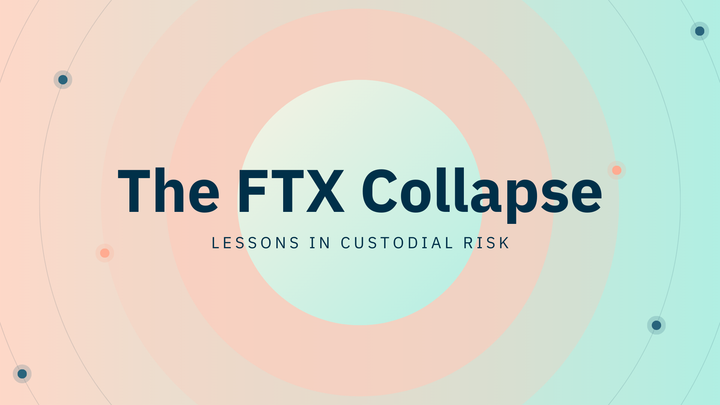
Comments ()